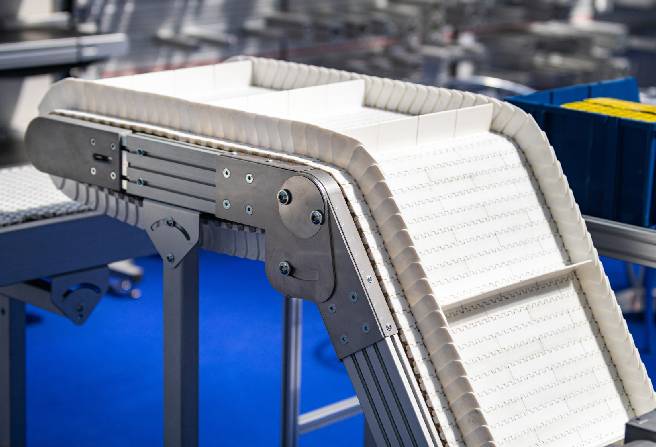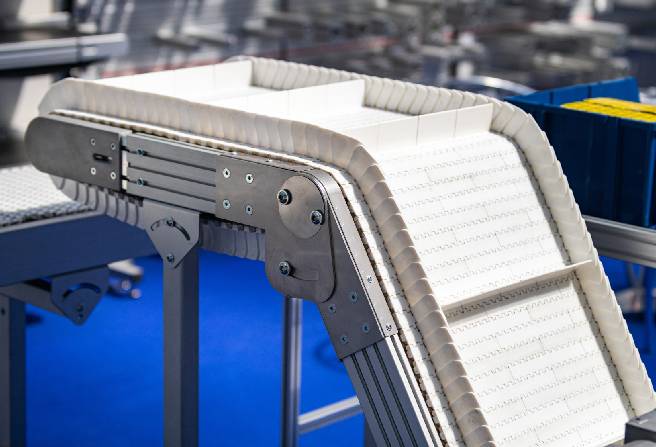

As advancements in warehouse automation occur, Conveyor Belts are in the forefront. These belts are more than just a tool for transporting goods. They act as the central nervous system of material handling, these automated systems ensure seamless movement.
One of the functions of Conveyor belt is that they can be used across vast warehouse spaces, from small parcels to bulky pallets. By integrating advanced control mechanisms and adaptive technologies, conveyor belts significantly enhance productivity. It can reduce manual labor and streamline workflows. Let’s explore the evolution, technical aspects, and strategic impact of conveyor belt systems in revolutionizing warehouse efficiency.
Mechanics of Conveyor Belts:
Conveyor Belts are either made of rubber or plastic material. They consist of a loop, getting materials from Point A to Point B. Their movement is either supported by rollers or pulleys. The belt is driven by a motorized unit, which propels it forward, carrying items placed on its surface. The speed and direction of the belt can be controlled to accommodate various operational requirements.
Primary Functions of Conveyor Belts:
Conveyor belting usually falls under two categories: lightweight and heavyweight. They serve a multitude of functions such as:
- The primary function of conveyor belts is to move goods from one location to another. This can be transporting items to and from storage areas, assembly stations, or shipping docks.
- Conveyor belts can handle a wide range of materials. It ranges from raw materials to finished products. They can be equipped with specialized features, like dividers or chutes.
- Conveyor belts can be integrated into various warehouse processes. They can be ordering fulfilment, quality control, and packaging.
Primary Uses of Conveyor Systems:
Converyor Systems are widely used for varied applications, as they are:
- Quick and reliable for transportation of a large amount of material
- Accelerate the process to get something from a point to another
- Move a product vertically or horizontally
- Offer flexibility in terms of movement
The performance of conveyor belts is heavily influenced by the control systems. In the contemporary world, conveyor systems are often equipped with advanced technologies. Some of them are as following:
- Programmable Logic Controllers (PLCs) are often programmed to execute complex sequences. It is designed to respond to various events, such as equipment failures or changes in demand.
- Variable Frequency Drives (VFDs) is often used to regulate the speed of conveyor belts. VFDs can fine-tune the belt’s speed to match the flow of materials; this is easily done by adjusting the frequency.
- Feedback sensors are used to detect conveyor belt’s output for the control system to adjust based on external factors.
- Human-Machine Interfaces (HMIs) provide operators with conveyor system’s status by displaying data on a monitor. It is used to track performance, troubleshoot issues, and oversee KPIs.
To conclude, conveyor belts are indispensable components. In modern warehouses, they widely provide efficient, reliable, and flexible solutions for material handling. By understanding the mechanics, control systems, and benefits of conveyor belts, warehouse managers can make informed decisions. Thereafter making advanced implementations and optimizations in their operations.
ALSO READ :-
Understanding Conveyor Belts: Types, Applications & More
Understanding Belt Conveyors: What They Are and Why They Matter
Why Choosing the Right Belt Conveyor Manufacturer Matters for Your Business


